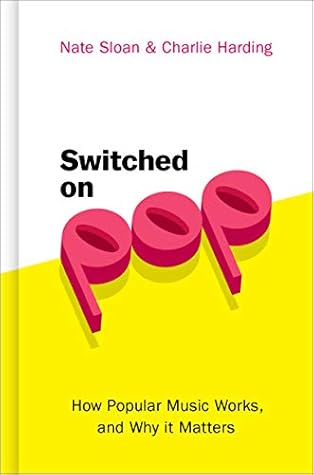Kindle Notes & Highlights
by
Nate Sloan
Started reading
February 24, 2020
On the word “see,” Swift makes use of melisma, the practice of singing multiple pitches for a single syllable of text, turning the monosyllabic “see” into the tripartite “see-eee-eee.”
just think of Maria and the Von Trapps singing “Do-Re-Mi-Fa-So-La-Ti-Do” in the The Sound of Music (1959). These eight-note scales are where we get the term octave, whose root “oct” means eight.
the pentatonic scale, is much shorter, containing only five notes and also coming in a major and minor version.
Melodies like this, that stick to pitches drawn from a single scale, are called diatonic. When songwriters use pitches that lie outside of the scale they have chosen it is called chromaticism—as in chroma, adding color to a melody by including pungent pitches that do not “belong” to the scale.
In tonality, the pitch that is most important is the first one in the


